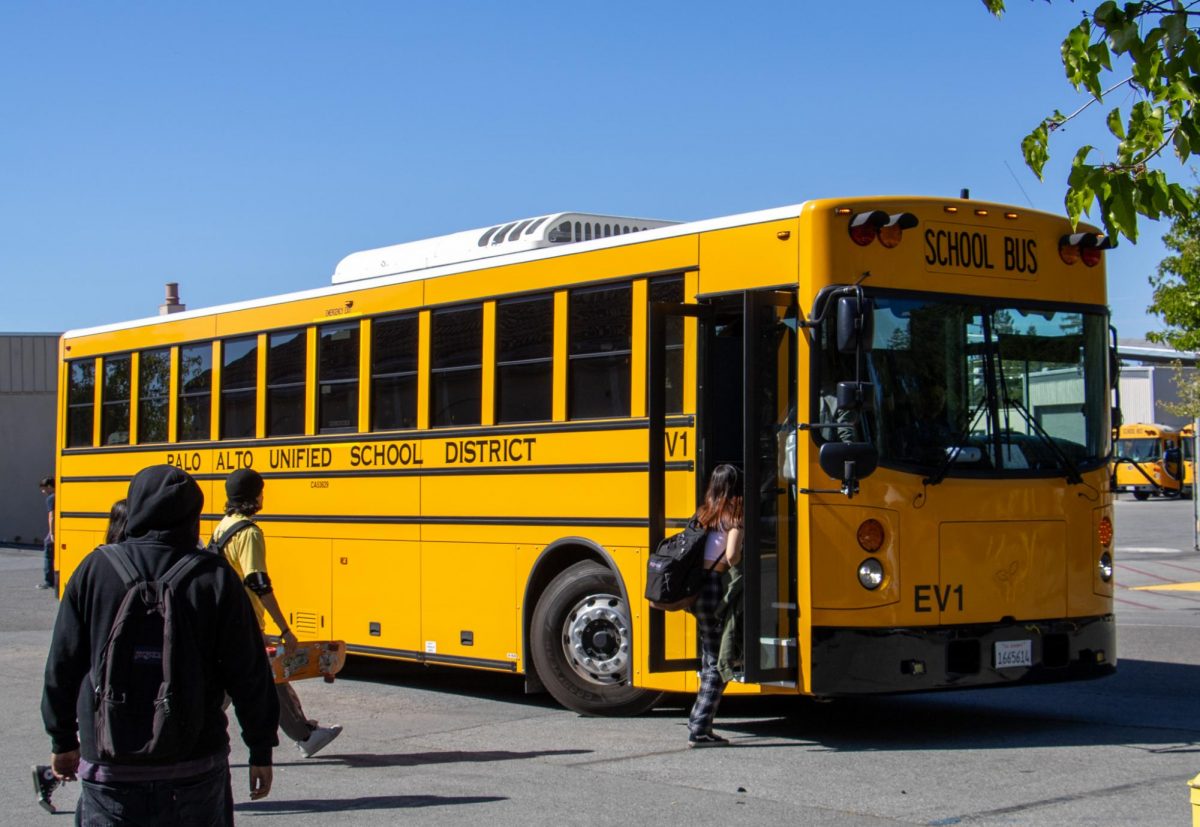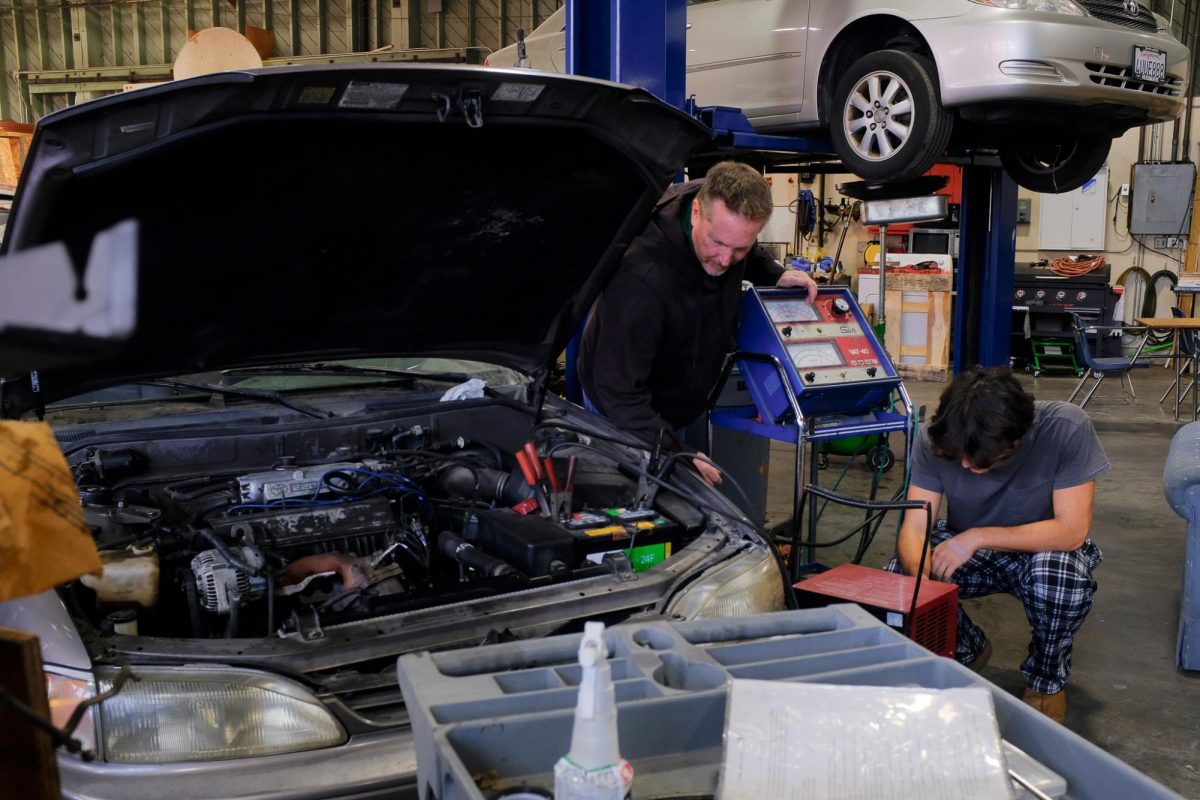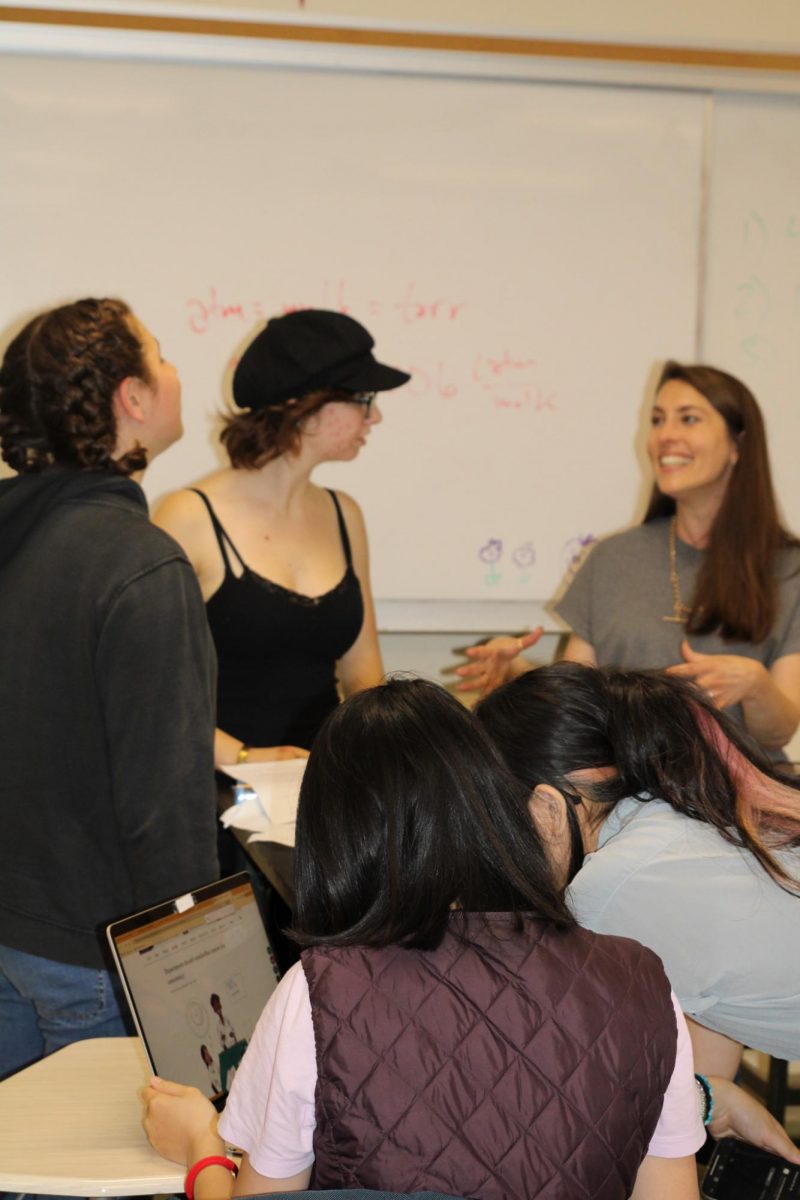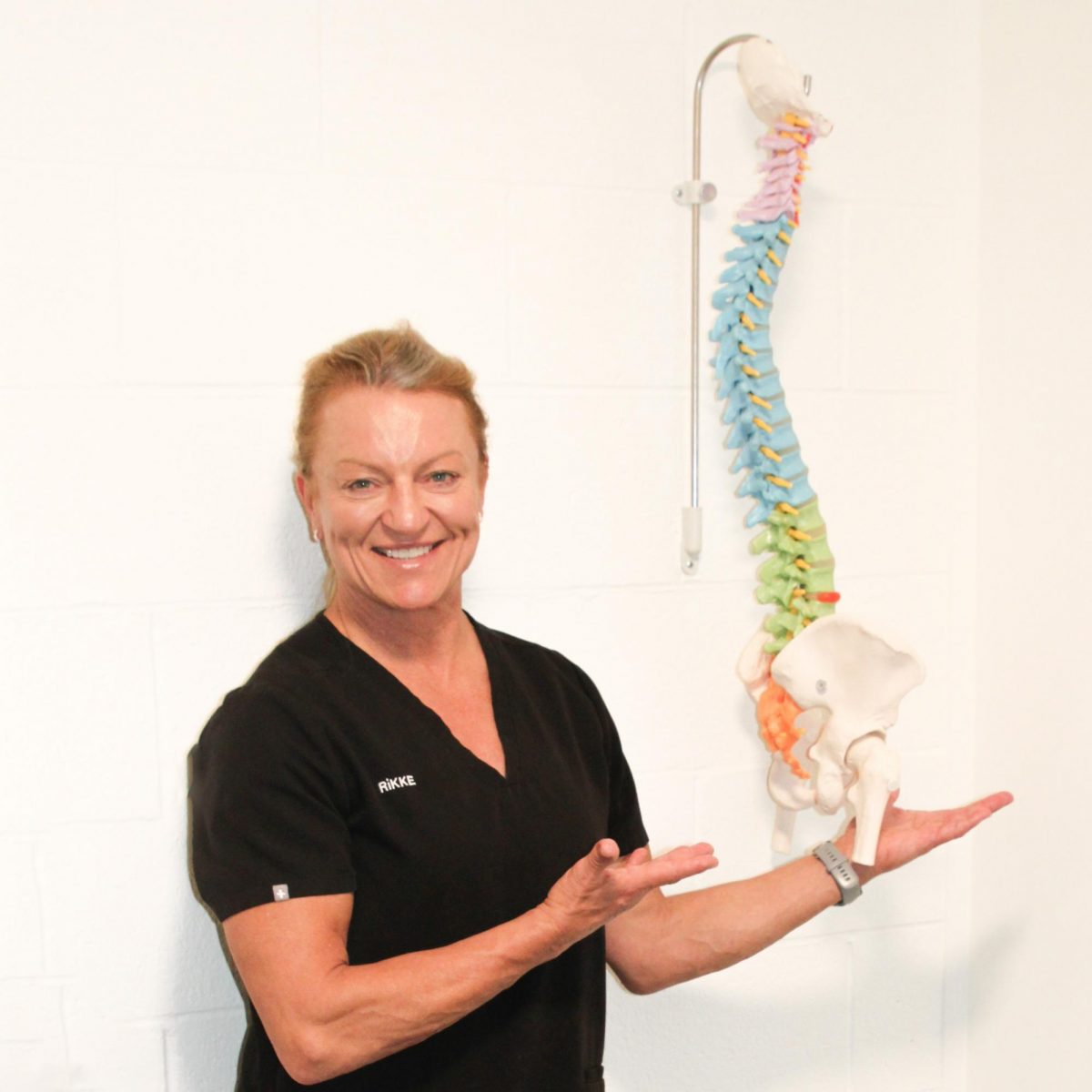Walking past Palo Alto High School’s bus pick-up area after school, a “ding ding” sound replaces the once-loud diesel engine that polluted the air with noise. You may have noticed by now that the two school buses used for student transportation at Paly are now electric, with “EV1” and “EV2” stickered on the side.
With an investment of over $1 million in two electric buses and charging infrastructure, the switchover is a drive toward Palo Alto Unified School District’s commitment to sustainability, according to chief business officer Carolyn Chow.
Since the buses’ implementation in August last year, the buses have been benefiting students, drivers, and the environment in both Palo Alto and East Palo Alto.
According to Sophia Lee, co-president of the Paly ECO Club, club members played a role in advocating for the adoption of the buses. Lee is proud that the district finally brought the club’s vision to life after the project’s inception three years ago.
“We started with [the idea of] electric school buses because we thought it was an easier goal than to make all of the roofs in Paly [have] solar panels, like completely altering the architecture of these buildings,” Lee said. “We knew they [school buses] were pretty frequently used and … they release a lot of CO2.”
In collaboration with Gunn High School’s Green Team, they talked with PAUSD board members and created a petition which accumulated over 500 signatures from community members.
Beyond the benefits of sustainability and Paly ECO Club’s achievement, these new electric buses are also loved by commuting students. They offer a smooth ride that was not available with the old diesel buses.
“The gas buses are more rumbly and the electric buses are way more smooth,” sophomore Khrisar Magana-Chavez said.
In addition, students riding the electric buses also appreciate the more eco-friendly ride, complimenting the district and the benefits the buses provide.
“I think it’s very eco-friendly,” sophomore Jose Pinto Saldana said. “I think it’s very thoughtful of the school districts to implement these buses…I know that it takes less money and less fuel for it to travel because it has better mileage too.”
The buses are also a boon to cyclists, according to Chow.
“It’s just a very clean experience,” Chow said. “You know, I’m not on my bike getting shrouded in a black cloud of diesel smoke if I’m following one of our buses. That makes me really proud.”
The adoption of the buses has been a learning experience for school district members, as they have had to train bus drivers and acquire the right charging infrastructure, Chow said.
Though the buses have been a success so far, Chow believes that more charging infrastructure is needed to expand the fleet.
“I’m hesitant about going all-in right now until there is more infrastructure to support the charging of the buses,” Chow said. “It’s a really big charging station with a lot of wattage and means you can’t go into a car charging station and plug the bus in. So it’s quite a bit different and the opportunities for charging just aren’t that prevalent.”















